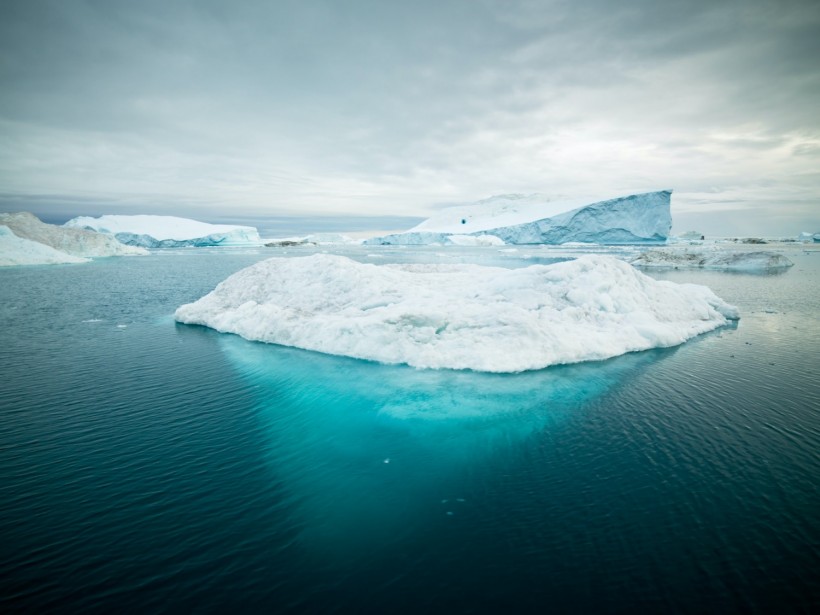A new study by the University of Cambridge, Newcastle University, and the University of Canterbury revealed that the eastern Antarctic Peninsula Ice Sheet has been growing since the turn of the twenty-first century due to shifting wind and sea ice patterns. They found floating ice shelves on the eastern Antarctic Peninsula grew between 2000 and 2019.

Icebergs in Greenland
Research Overview of the Antarctic Peninsula Ice Sheet
Ice shelves are pieces of floating ice joined to ice sheets on the ground. They help keep the inland ice from breaking off and falling into the water.
The researchers examined ocean and atmospheric records and satellite measurements dating back 60 years to understand the ice conditions on the 1,400 km-long peninsula. According to their findings, the region's ice shelf has grown by 85% since the early 2000s.
According to Professor Julian Dowdeswell, expedition chief scientist and study co-author, a portion of the ice shelf coastline was in its most advanced position since satellite records first began in the early 1960s. The expansion occurred due to the glacier's rapid melting in the second half of the 20th century, which included the collapse of the Larsen A and B ice shelves in 1995 and 2002. As a result, sea levels rise globally, and coastal communities are subject to flood warnings.
According to the United Nations, over five million people live in cities worldwide, and nearly two-thirds of those cities are situated in sea level rise risk areas.
ALSO READ: Mysterious Holes that Keep Opening Up in Antarctica
Reason Why Ice Sheet Grows in Antarctica
The findings, which were published in the journal Nature Geoscience, suggest that local wind patterns and sea ice significantly impacted the ice shelf's stability. A change in wind patterns over the Weddell Sea resulted in floating sea ice pushing up against the ice shelves, which binds them together.
Before 2002, winds in the same region pushed sea ice away from the coast, weakening what scientists call a buttressing effect, leaving ice shelves exposed to ocean waves and currents, causing the formation or calving of icebergs that broke away into the sea.
The study's principal investigator, Dr. Frazer Christie, said that they discovered that sea ice modification could either prevent or cause the calving of icebergs from massive Antarctic ice shelves. Their findings emphasize the often-overlooked significance of sea ice variability to the health of the Antarctic Ice Sheet, regardless of how the sea ice surrounding Antarctica evolves in a warming environment.
The ice expansion in the Antarctic is unusual since there has been a specific pattern of ice melting throughout the twenty-first century.
Between 1992 and 2016, Antarctic ice loss nearly doubled, rising from 51 billion tons per year to 199 billion. However, it is uncertain how future sea levels will be impacted by Antarctic ice and how climate change will affect it. While some models expect a general sea ice loss in the Southern Ocean, others predict a gain.
According to the authors of this most recent study, the expansion in eastern Antarctica may have come to a halt in 2020 as the number of icebergs breaking off from the peninsula has increased during the past 18 months.
According to co-author Dr. Wolfgang Rack from the University of Canterbury, "It's very likely we might be seeing a transition back to atmospheric conditions similar to those witnessed during the 1990s that supported sea ice loss and, eventually, more ice shelf calving."
RELATED ARTICLE: Belgica Antarctica Uses Rapid Cold Hardening to Survive From Threat of Extinction, Study Claims
Check out more news and information on Environment in Science Times.














